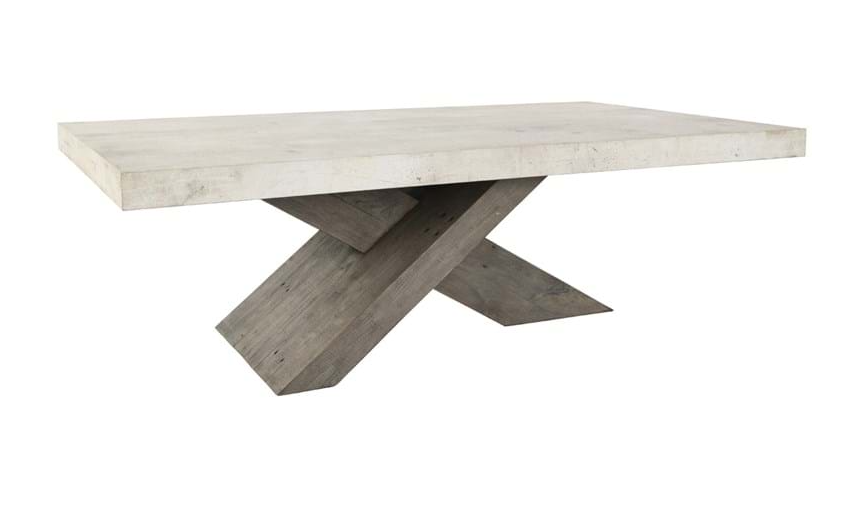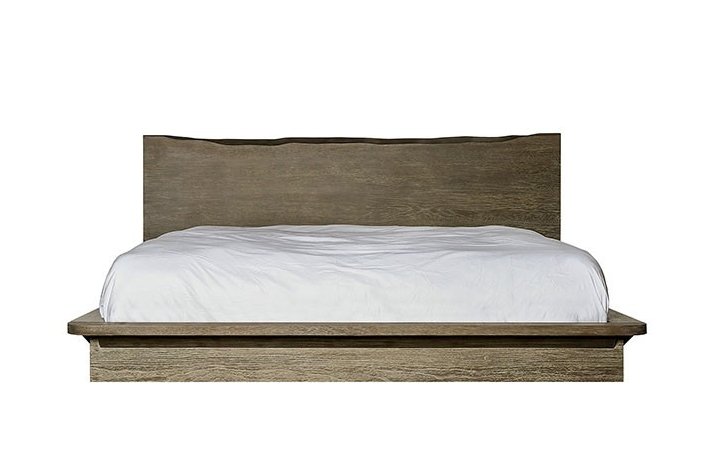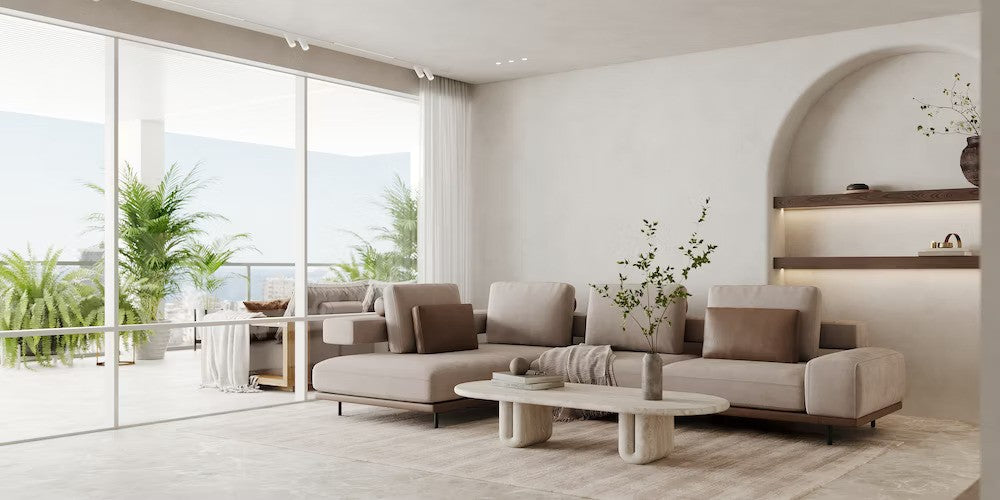
Wabi-Sabi Home Concept - The Elusive Beauty of Imperfection
Wabi-sabi is a Japanese design philosophy. Although technically untranslatable, it has been compared to other interior design laws like Hygge and Feng-Shui. The difference, however, is that Wabi-sabi focuses on imperfections rather than energy forces (Feng-Shui) or quality of coziness (Hygge). This new design craze first became popular in 2020 when most of us were forced to remain at home due to Covid-19. Since then, we have grown to appreciate our homes even more, and we are becoming increasingly aware that there is more to interior design than visual style.
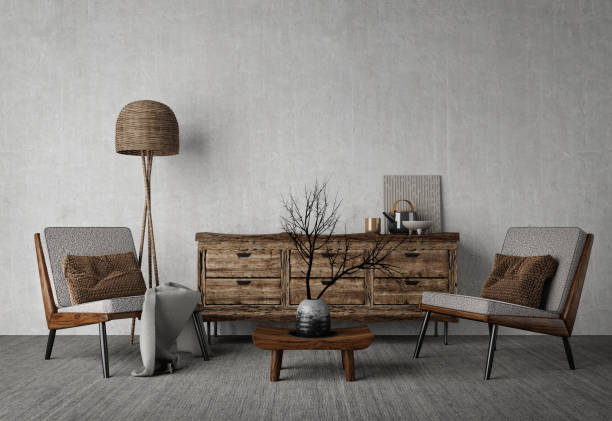
The emphasis now lies on a particular feeling or emotion as well as the visual aspect. In this case, we are refocusing our attention on the perfection found in imperfection and of course, the unique nature-inspired appearance associated with Wabi-sabi. If you’re looking to learn more about this trend, read on for Lifestyle Furniture tips on how to incorporate the style yourself, and how to know it when you see it.
What Is Wabi-Sabi?
How Can Wabi-Sabi Benefit Me?
How Can I Incorporate Wabi-Sabi Into My Interior?
No. 1 Less is More
No. 2 Use Natural Materials
No. 3 Neutrals Are Key
No. 4 Nature is Everything
No. 5 Self-Care = Priority
No. 6 Maintain A Low Profile
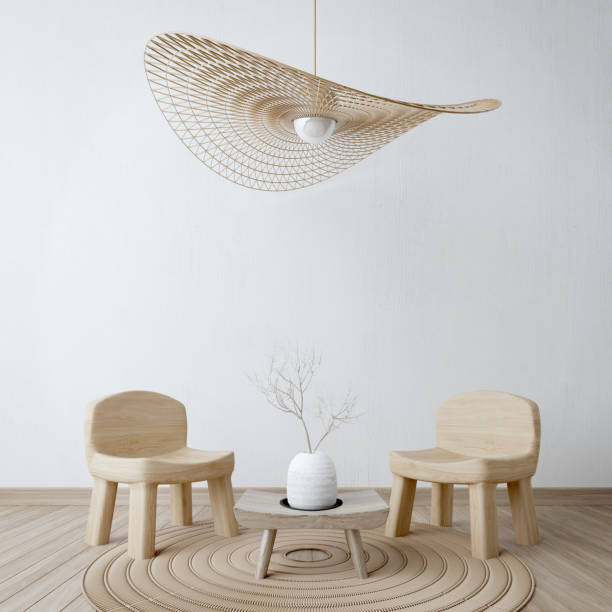
What Is Wabi-Sabi?
Wabi-sabi is of Japanese origin. Loosely translated, it means “flawed beauty” or “the perfection in imperfection”, although it encompasses so much more than this. It often refers to nature and the organic beauty found in nature, which is asymmetrical, or otherwise “imperfect” but still aesthetically pleasing. It’s hard to pin down a strict definition because the philosophy emphasizes nature, the incomplete or impermanent, and a "slow living" approach all in one. This concept has also been evolving for the last 700 years, making it even more difficult to outline. Linked with Buddhism, it’s a respect for what is passing, fragile, slightly broken, and modest. Wabi-sabi believes that things are always more beautiful when bearing the marks of age and individuality. For example, a repaired crack on a piece of pottery is to be appreciated rather than made invisible.
How Can Wabi-Sabi Benefit Me?
The Wabi-sabi principle is designed to help us instill a sense of calm in our otherwise anxious minds. It teaches us how to find peace, form a deep connection to the outdoors, and enjoy the simple things in life. Instead of striving for perfection, which can be extremely taxing on our minds and bodies, we can learn to love ourselves for being imperfect, and there’s a sense of relief to be gained from that.

How Can I Incorporate Wabi-Sabi Into My Interior?
There are a number of ways to include Wabi-sabi in the home. These tips below can be used in any room throughout the house. So, whether it’s a living room, dining room, or bedroom you wish to decorate using the rules of this design style, rest assured that these will help to bring it to life in your space.
No. 1 Less is More
Wabi-sabi is nothing if not simplistic. An uncluttered and zen space is an absolute must-have for this design aesthetic. So, if you have a lot of unnecessary junk lying around, start by having a good clear out. Did you know that decluttering can help to reduce stress levels? And a pared-back living area channels the sort of calm reflection that this Japanese philosophy is meant to attain, which may be why these two concepts are interconnected. The reason why there is such a focus on “less is more” for Wabi-sabi style is that when a room has very little furniture and home accessories in it, it can really shine. This allows you to appreciate what you have left more including all their imperfections.
No. 2 Use Natural Materials
Natural materials such as wood, natural stones, and certain finishing metals can all show signs of aging. As mentioned, Wabi-sabi values those perfectly imperfect materials that begin to show their age and wither over time, which is why this Japanese concept insists on using natural materials.
Unique patterns at four doors is the point of this sideboard. Plus, understated blue tones and a chic carved design gives this classic sideboard a charming look that dresses up any space. Made with high quality wooden and metal ring hardware bring a luxury feelings to every corner.
No. 3 Neutrals & Clean Lines Are Key
Unsurprisingly, neutrals and clean lines are key elements of Wabi-sabi. This means painted white walls paired with the natural materials we mentioned above. Variation in neutral shades will come primarily from the different stains you’ll likely see in woods throughout the house. Of course, these woods and various types of natural stones and metals will also add character and texture to a space. Incorporating a clean, minimalistic design with an abundance of natural light and ventilation is the most will help to bring Wabi-sabi to your interior.
Durant Coffee Table is made from wood, has natural colors. Simple yet eye-catching, this coffee table features a sharp design while its reclaimed pine wood base adds character and warmth. Is one of the unique decor items for your family
No. 4 Nature is Everything
Wabi-sabi is centered around nature, so it stands to reason that you would include organic elements in your home interior. Houseplants and flower arrangements are the perfect way to channel the Japanese design philosophy. Try also including a neutral-coloured plant pot into the ensemble to really embrace all that Wabi-sabi has to offer. If it has a chip or two missing from it, even better!
Introduce a chic, contemporary look into any setting with this accent chair featuring neutral beige upholstery, smooth swivel action, and a contrasting oak wood base. Simple and modern design, suitable for your house
No. 5 Self-Care = Priority
When a design aesthetic emphasizes and prioritizes self-care, attention must be paid. Wabi-sabi truly supports a meaningful and healthy lifestyle. We have already mentioned how it relieves stress just by entertaining a clutter-free household, but it also teaches us to find beauty in the imperfect while enjoying the little things in life. Soaking in a hot tub, gazing out the window, or snuggling up on the sofa with a new book are just some of the ways in which you can prioritize yourself and your self-care.
No. 6 Maintain A Low Profile
Scale is not usually a consideration with popular design styles. Just look at Hygge and Feng-shui for instance. There is no focus on height unless it impacts something like the flow and energy of the room in the case of Feng-shui. However, with Wabi-sabi, scale is very much a priority. Because of its Japanese origin, low-profile and slight furniture pieces in natural, muted, and earthy materials in high-ceilinged places is Wabi-sabi accurately personified.
Wabi-sabi is an integral part of Japanese life and now ours, it seems. It deserves to be given more emphasis because it encourages a return to humble and unpretentious values. With these useful tips, you can incorporate this Japanese design style into your home with ease.
Lifestyle Furniture in Fresno has a lot of natural items for your Wabi-sabi concept or you can shop online here. Lifestyle Furniture, Furniture your Lifestyle.




